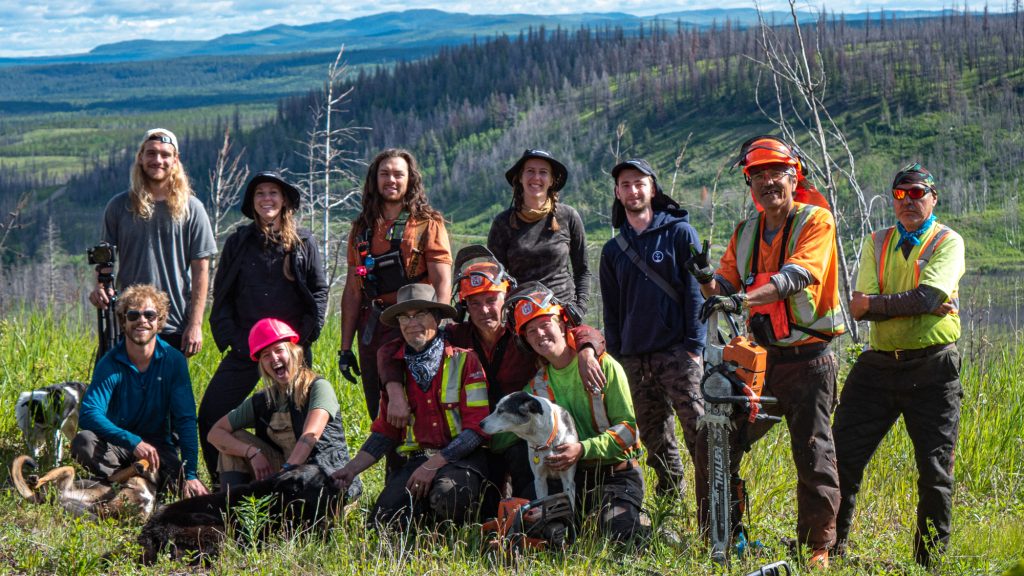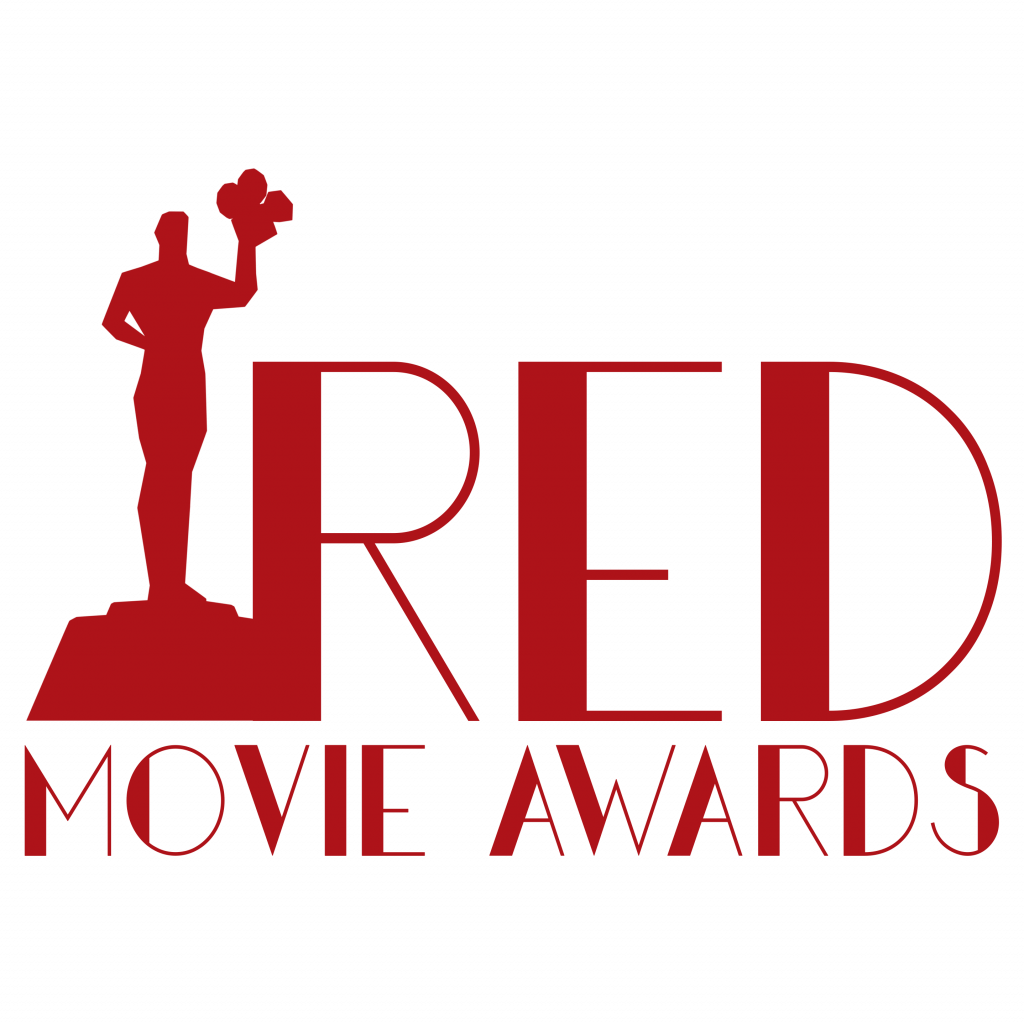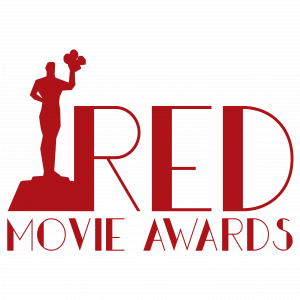THE INTERVIEW
February 28th, 2023
ED AKSELRUD
DIRECTOR OF KEEP COOL : FORTIFYING BRITISH COLUMBIA
BEST DRONE – AUTUMN EDITION
I always considered climate change to be our most pressing problem, so I eventually arrived at the desire to make environmental documentaries.
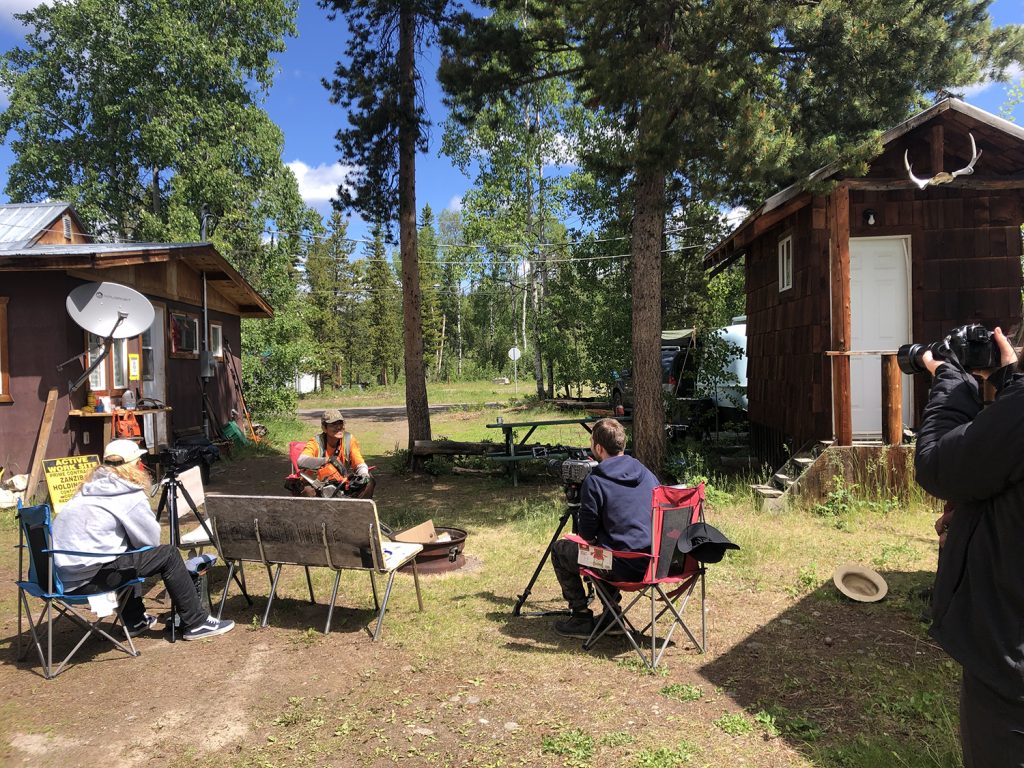
I can’t say I’ve ever been personally impacted by forest fires, thankfully. But I did feel honored to tell a story about something happening in Canada, which I’m very proud to call my home now. British Columbia’s wildfires are massive, but they tend to get overlooked in the news because of California’s wildfire events. Many people aren’t even aware there are such cataclysmic fires happening up north as well.
So bringing awareness to that is very important, but of course the highlight is the work that goes into restoring the damage. There are so many highly skilled, highly educated and all around impressive people doing all kinds of work that nobody knows about.
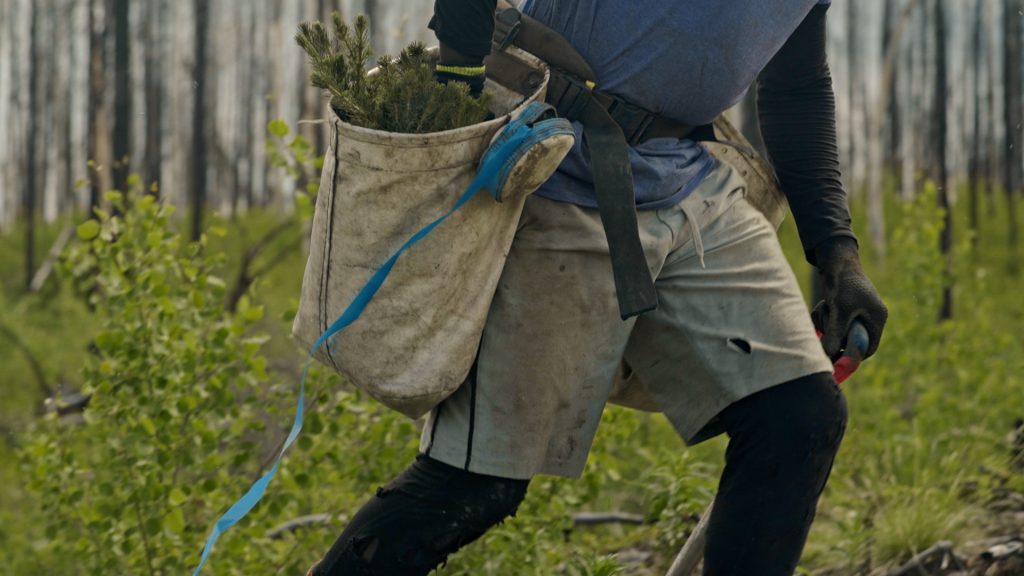
Actually, yes. It might even be one of the few tools we have to really move people. Of course the space is very saturated, so it’s hard to stand out, which is why I’m trying a different approach. But you may recall Al Gore’s film (An Inconvenient Truth) and the impact it made. People often learn about things from cinema, and if it can bring out emotions, that’s even better.
These days of course everyone is aware of climate change and mostly tunes it out because the problem is just so incomprehensibly big and dreadful, but what’s not dreadful are the people working on the solutions and dealing with it. In my mind they are heroes, and we know very little about them or what they do. So I want to focus on them and the solutions they are developing, and help people realize that we have a lot of talent out there who can help sort this out if only we got our public policy straight and let them do their job.
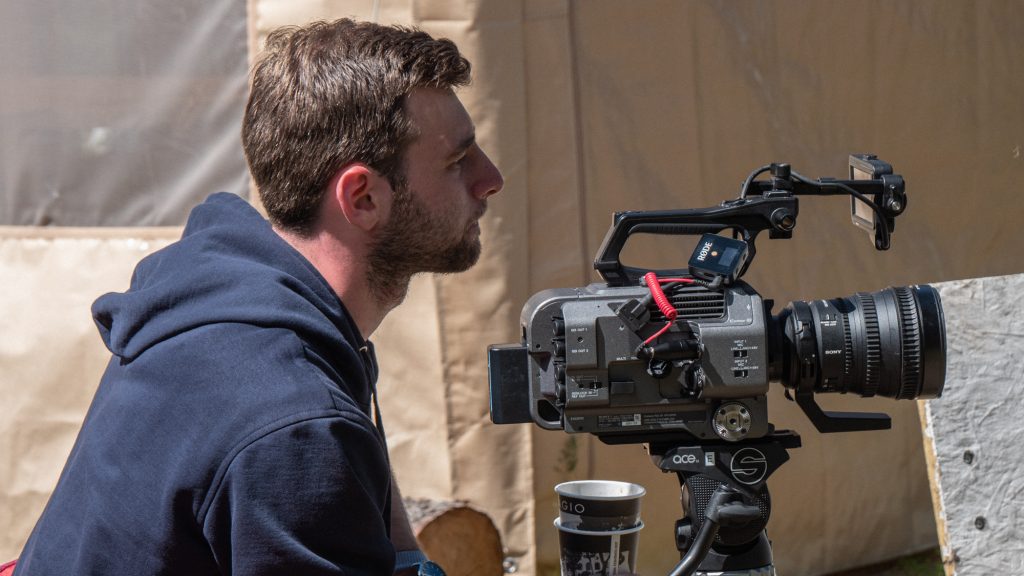
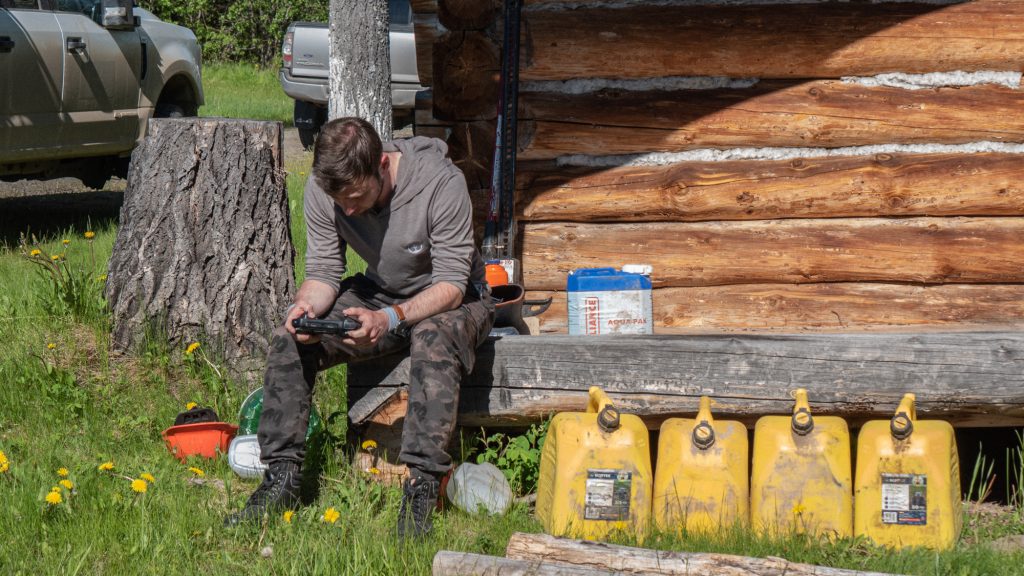
I’m glad you feel that way! Phew. My editing background is sort of my secret sauce. I love editing and that’s where everything comes together for me, and my history in the TV promo world defines my editing style which is kind of unusual for documentaries. So my goal here was to see how far I could push that energetic, edge of your seat style and to try to keep this subject matter captivating from start to finish.
I think that’s the biggest challenge for many documentaries, as they often cover pretty mundane stuff and it’s difficult to maintain that cinematic quality and energy when you’re running and gunning with no script. But we got some amazing footage despite the hectic conditions – I was very lucky to shoot with two highly talented camera operators, Everett Bumstead and Matthew Talarico.
So having that material was critical and it saved me in the edit. I’m also a very music/sound oriented editor so as you could tell music is very present and drives the film for that reason – I built the sound bed before I even touched a single shot of b-roll.
So my goal here was to see how far I could push that energetic, edge of your seat style and to try to keep this subject matter captivating from start to finish.
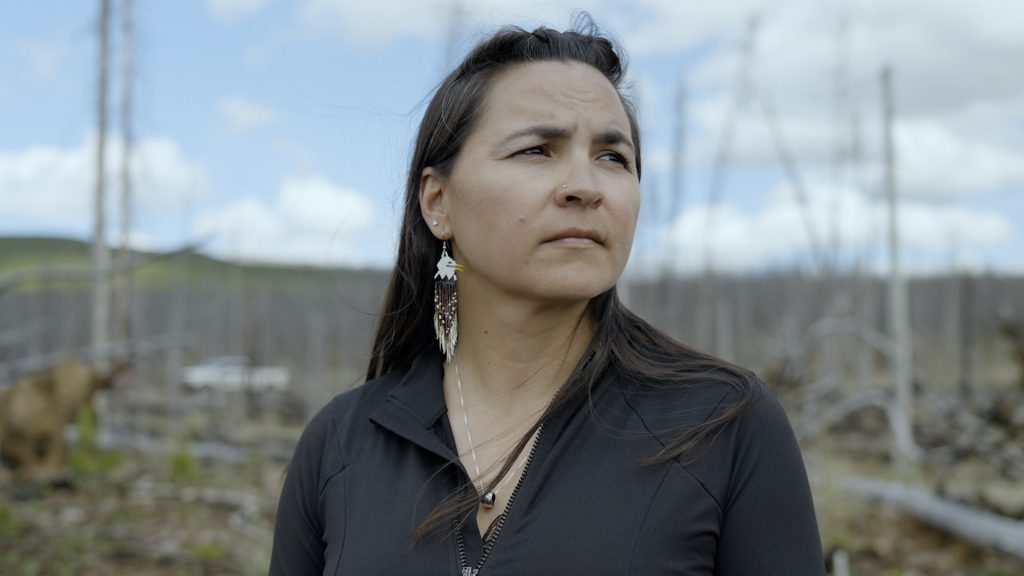
This was graciously facilitated by our planting partner, Zanzibar Holdings. At One Tree Planted we plant trees all over, but Zanzibar are our oldest partner and we’ve been working with them out there in BC since the very beginning. Their co-founder Tony Harrison, who appears in the film, arranged for a lot of the tour and interviews, so having that connection was crucial to get the access we needed.
I didn’t even realize how many people we would end up meeting when we arrived, so I discovered the whole story as I was shooting it, which was a pretty wild ride. These people are all very knowledgeable and professional, and what ended up in the final film is only scratching the surface of what some of them shared in their interviews. One of the unfortunate things about editing documentaries is that you inevitably have to cut things down to keep the pace and fit the story – and man, there was a lot of fascinating stuff from them I wasn’t able to include.
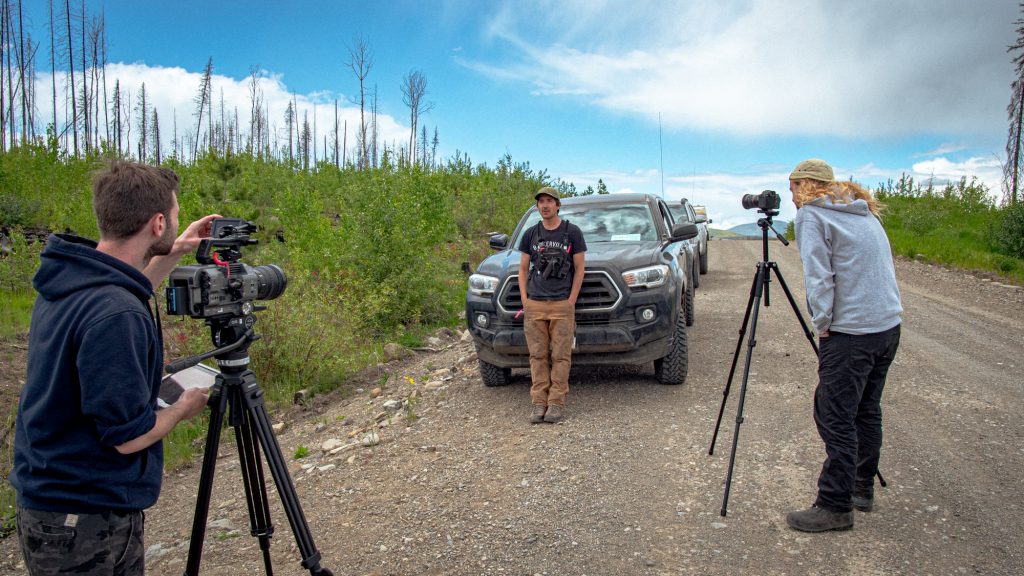
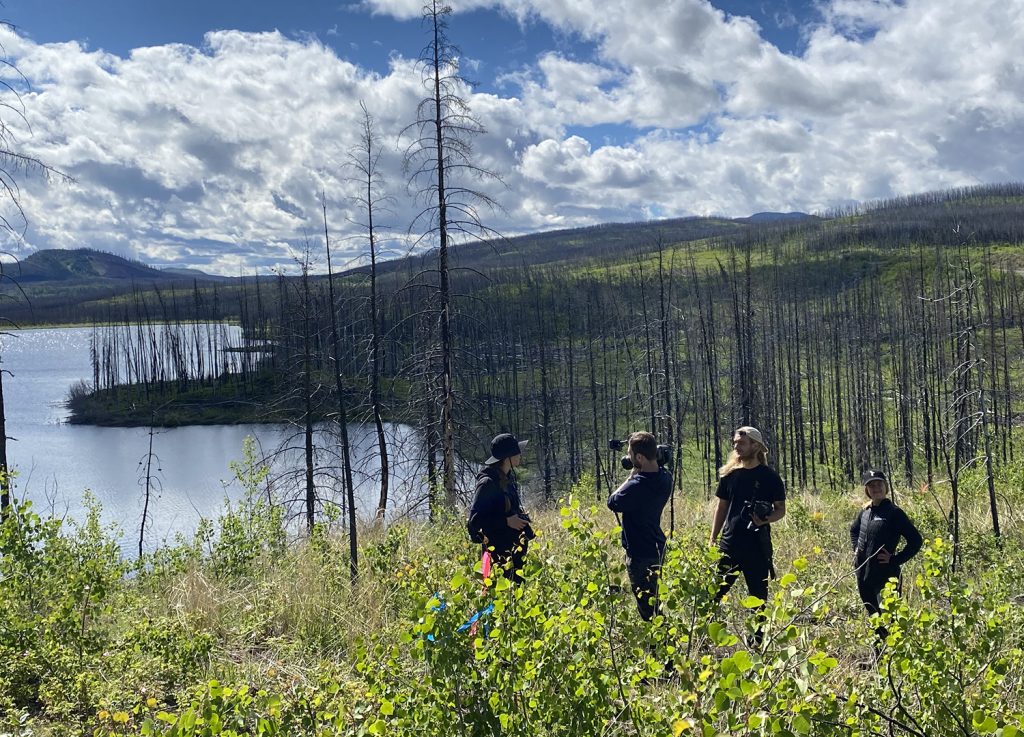
I’m actually really excited about this award. First of all I love flying, and I love editing with aerials (I’m sure that’s very obvious). They let me build such a cinematic and “big” atmosphere and I just find the technology itself really impressive. But the crazy thing is that I’ve never flown a drone before shooting this film. I brought it out and had to learn quite literally on the fly, and I fell in love with it right away, so it’s a huge honor.
Of course I can’t say for sure if it’s due to my flying skills or the beauty of British Columbia’s wilderness… Let’s just say it was a team effort!
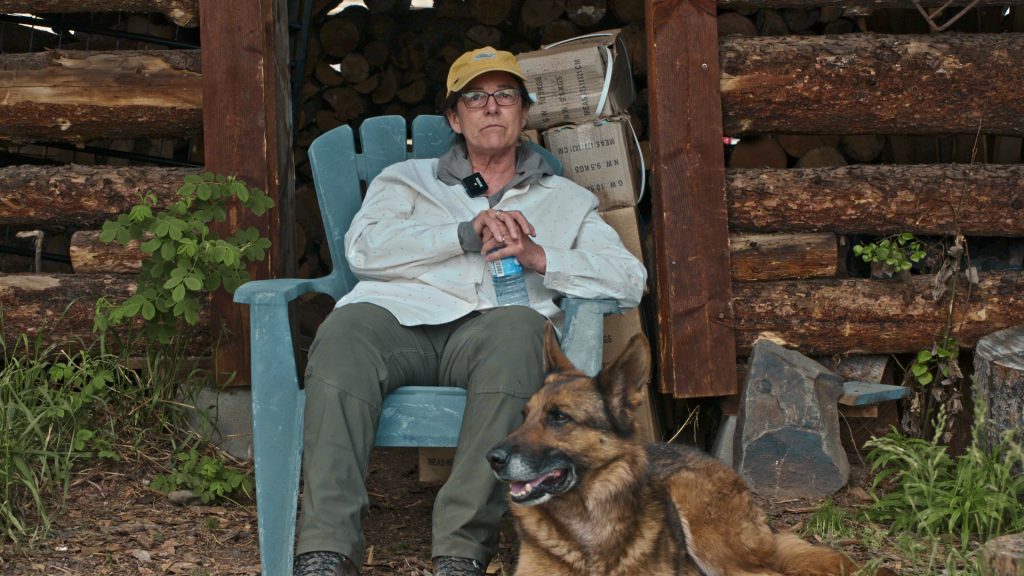
One of the unfortunate things about editing documentaries is that you inevitably have to cut things down to keep the pace and fit the story - and man, there was a lot of fascinating stuff from them I wasn't able to include.
This project was barely pre-produced. It was kind of a spur of the moment thing and we went out there with very little idea of what we will see or who we will meet, and the original plan was for a 3-5 minute short video.
We ended up gathering so many interviews and seeing such a variety of activities thanks to our partner that I knew it had to be a bigger story, so we went back for another shoot later. But in the end, the editing was still the biggest challenge because we could only get so much b-roll.
There were a lot of topics discussed that were hard to fill in the picture for, and I was shocked that I landed at 30 minutes after blowing past my previous estimates of 12, 15, 20 minutes… still, it took everything to get it to where it is and still keep it engaging. Likewise, crafting a coherent story out of these 12 speakers’ interviews was also a huge challenge.
I wanted to include as many characters as possible to illustrate the broad and collaborative nature of this work and include every perspective. But it couldn’t be too complicated or drag on, so I had to get very surgical with it.
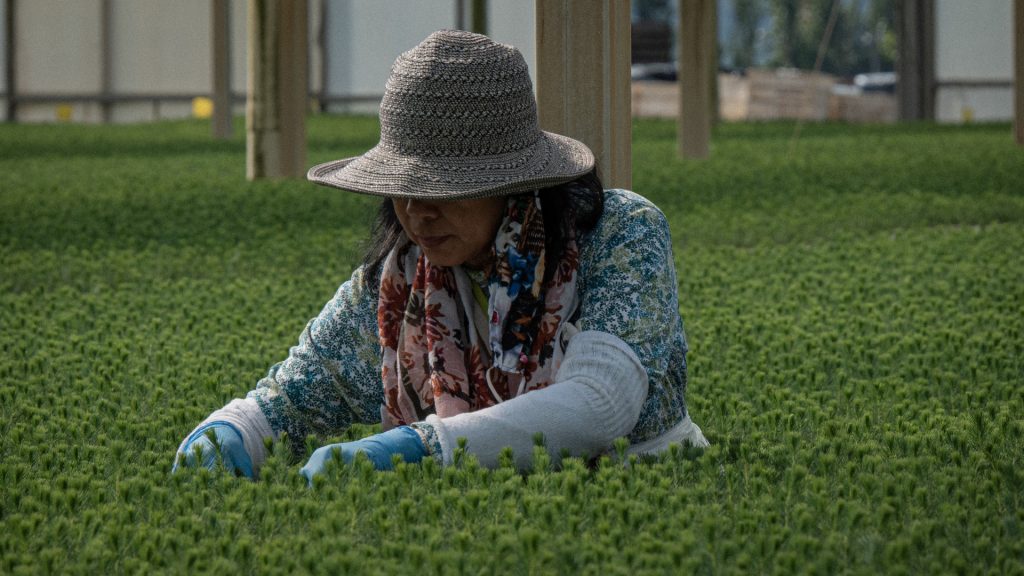
There’s nothing set in stone currently, but we work with so many incredible partners in so many countries that there’s no shortage of stories to tell. I keep coming back to Australia in my head, as we do a lot of work there and the bushfires were devastating. For sure I would love to take this up to a feature next time – 45 minutes or more. That said, I’ll probably have to tone it down a bit with the intensity.
I think any longer than 30 minutes at the pace Keep Cool goes will wear viewers down. So my next challenge will be to strike a balance between this exciting, punchy style and giving people a break to breathe and process things in between.
